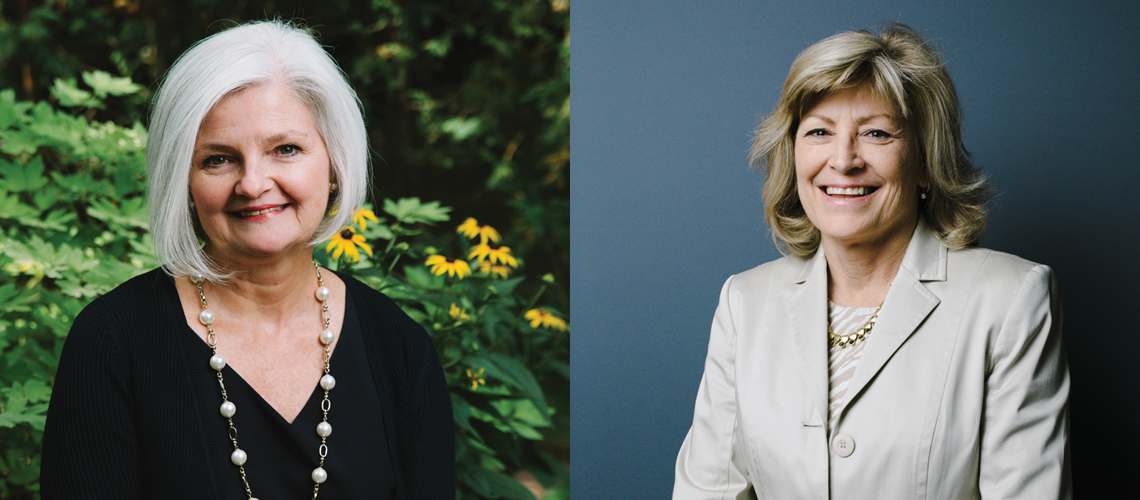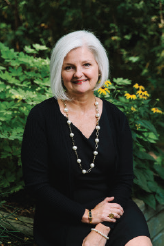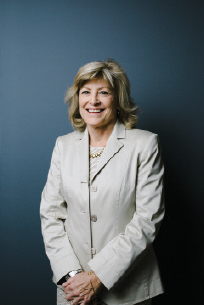
The early adopters of BPSO designation may tell you the unprecedented undertaking simply made good business sense 15 years ago. In the words of RN Shirlee Sharkey, president and CEO for SE Health (formerly Saint Elizabeth), “…it was a no-brainer. At that time, there was a lot of focus on…being a ‘knowledge organization.’ We felt the BPG movement would help support that, and…differentiate us in the home care space.”
While it certainly set SE Health apart– today it has implemented more than 30 BPGs – the decision that it, and others like West Park Healthcare Centre, made to become BPSO designates took bold leadership as they stepped into uncharted territory on a quest to innovate. As Anne-Marie Malek, president and CEO for West Park, and also an RN, points out: “One of the challenges at the time was that we were the only rehabilitation and complex continuing care hospital designated as a BPSO, so there were no peers to consult with.”
Here we explore what it took for these two organizations to forge ahead, and find a few surprising lessons – inspiration even – for current pre-designates and designates seeking to excel and innovate.
ON WHAT IT TAKES TO DRIVE INNOVATION...
SS: “From a value point of view, SE Health is known for its history of living the future. Since we are all about people-powered care, we need to be one step ahead, and continuing to push toward a better future. I like to think the BPGs help us keep that ‘muscle’ or value strong.”
AM: “Values of our organization that serve as anchors to the BPG commitment are excellence, accountability and innovation. Excellence goes back to integrating research and evidence into clinical bedside practice. Accountability was key to some of the cultural shifts that were required for BPG implementation. As for innovation, we actually introduced a collaborative, inter-professional approach to BPG implementation that led to better integrated care delivery.”
ON THE HARD-EARNED LESSONS ALONG THE WAY...
AM: One challenge we faced was leadership change and turnover. So, making a commitment to the BPG initiative so as to ensure that you are constantly developing leaders at all levels of the organization to sustain implementation and to participate in the ongoing process of development and renewal of the BPGs is key.”
SS: “Ultimately, what we have all learned is that communities and people all play a vital role in how we need to focus on implementing BPGs. It sounds hokey, but it’s the humility of knowing our role and understanding community, and that enabling and empowering health with tools like BPGs is a means to a bigger end. It’s making sure we keep focused on the big prize, which is enabling people, improving society, and having an impact.”
ON THE LEGACY OR CONTRIBUTION MADE...
AM: “Other than being a founding BPSO, I think our legacy is that we have achieved dissemination success through a sustained approach over more than a decade. How? We’ve been very mindful of what it takes to sustain this kind of culture shift. We nurture change in a variety of ways, through developing staff at all levels, embedding BPGs in documentation, engaging leaders, and sharing our experiences.”
SS: “There’s no doubt being an early adopter of BPGs helped put us on the home care map. And it allowed other home care providers to be rigorous and sophisticated in what they do. Our contribution was really to follow and personalize the amazing leadership, courage and perseverance of RNAO.
The MOST POPULAR BPGS implemented across various sectors are:
Preventing Falls and Reducing Injury from Falls (4th edition, 2017); Person- and Family-Centred Care (2nd edition, 2015); Promoting and Supporting the Initiation, Exclusivity, and Continuation of Breastfeeding for Newborns, Infants and Young Children (3rd edition, 2018); Assessment and Management of Pain (3rd edition, 2013); and Integrating Tobacco Interventions into Daily Practice (3rd edition, 2017).


